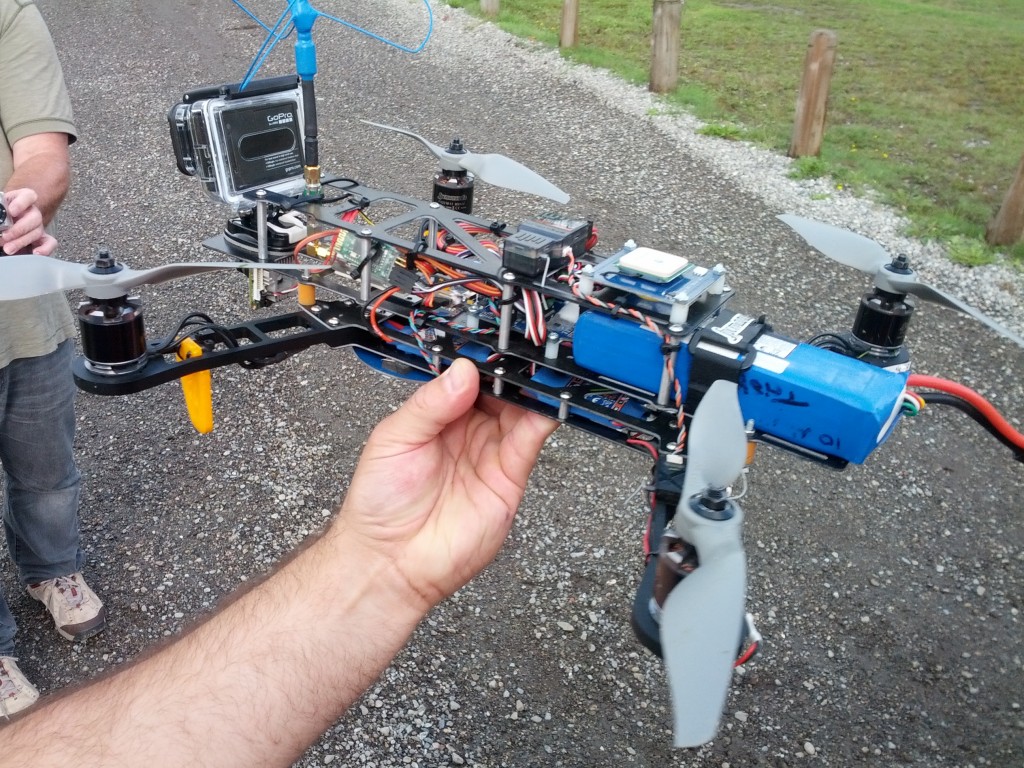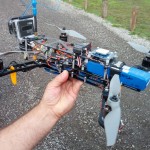Unmanned Aerial Vehicles: the basics


As I wrote last week, I spent a lot of time this past year investigating the use of Unmanned Aerial Vehicles for Search and Rescue.
In 2012 I spoke with major manufacturers prior to attending SARScene 2012. When I got back I contacted North Gurardian UAV Services to provide a demo for my SAR team and several others in the lower mainland. Later in the year we worked on getting demos and presentations lined up for SARScene 2013, and invited representatives from Transport Canada, industry, manufacturers, pilots, and SAR experts to attend a workshop on the topic.
This fall I was asked to present on the topic at Unmanned Systems Canada annual conference, and I ended up writing a short article for the Canadian Avalanche Association’s Avalanche Journal.
And I can tell you, I learned a lot of things in the process. This article will touch on the basics.
Capabilities and Limitations
UAVs are in their infancy. However we see them now, they will get better. They offer some amazing advantages and both industry and government are eager to start using them, and are adopting them at an amazing rate.
Small battery-powered UAVs, both rotary and fixed wing, are extremely limited in range and lifting power by the amount of energy they can carry in a battery. Some of the longest times they can stay aloft are in the range of 60 minutes, with some units having exceptional performance in limited circumstances.
Given those limitations, they can carry cameras and sensors, be controlled remotely, and broadcast video and pictures live while in flight. These capabilities make them useful in an amazing number of use cases.
Larger UAVs, more expensive and with more powerful power plants exist, and more are in the development phase. They are going to change the way a lot of things are done.
Regulatory Limitations
If you are flying a UAV for anything other than recreational purposes, then under the Canadian Aviation Regulations (CARs) you must have a Special Flight Operations Certificate (SFOC).
This bears repeating.
It does not matter if you are a non profit, you are just doing a favour for a friend, or even just practising. You may believe you are exempt but you are not. The device is treated as a small aircraft. If you are not flying recreationally, you require an SFOC and are bound by the CARs.
My contacts at Transport Canada have been extremely clear on this point, and with specific reference to Search and Rescue –
SAR operations require an SFOC, period.
Other current limitations imposed by regulations include
- Insurance coverage that includes UAV
- Altitude restrictions
- No flying over built up areas
- Pilot must be in control at all times
- No beyond line of sight
- Operator restrictions
- operator and spotter
- pilot rested and no alcohol
- Operational safety plans
- Standard operating procedures
Violation of restrictions includes a fine of $3,000 for an individual, or $15,000 for a corporation, per instance.
This means that all that advertising about being able to program the device to fly in a pattern and return to base can be highly illegal, and also extremely expensive. That stuff is interesting, and will be allowed sometime, but right now as SAR professionals we are bound by the regulations and cannot be seen to be using these devices in an unapproved way.
Effectiveness and Accepted SAR Technique
While the RCMP have a fleet of UAVs, and have logged the first civilian use of a UAV to find a lost person, and one of the specific operational uses of these vehicles is for Search and Rescue, Emergency Management BC has not currently approved UAVs for use in SAR operations in BC.
This does not mean you cannot use one, provided you have insurance, training, and have a valid SFOC in place, but it does mean there is no mechanism for reimbursement, and EMBC’s insurance cannot cover you for death or injury incurred while using the device.
UAVs aren’t going to replace helicopters in SAR work. There is still the need to transport people and equipment, and rescue people using a fully capable aircraft. I see UAVs being used in places where a manned aircraft can’t fly, at night, to carry specialized cameras, and as a situational awareness tool for SAR.
Future Work
My goal over the next year is to develop a pilot project for the standard operational use of UAVs in Search and Rescue that will address regulatory requirements, training, operations procedures, insurance, deployment, and measure the effectiveness of the technique. I’m working with local UAV experts, pilots, Transport Canada, other SAR experts, EMBC, and the BC Search and Rescue Association to see if we can get something started. I’ll be happy to post updates her on the progress of this effort.
In my next post I will write about some searches we’ve had in the past where a UAV could have been useful, and talk about some other use cases where one could be deployed.

0 Comments on “Unmanned Aerial Vehicles: the basics”